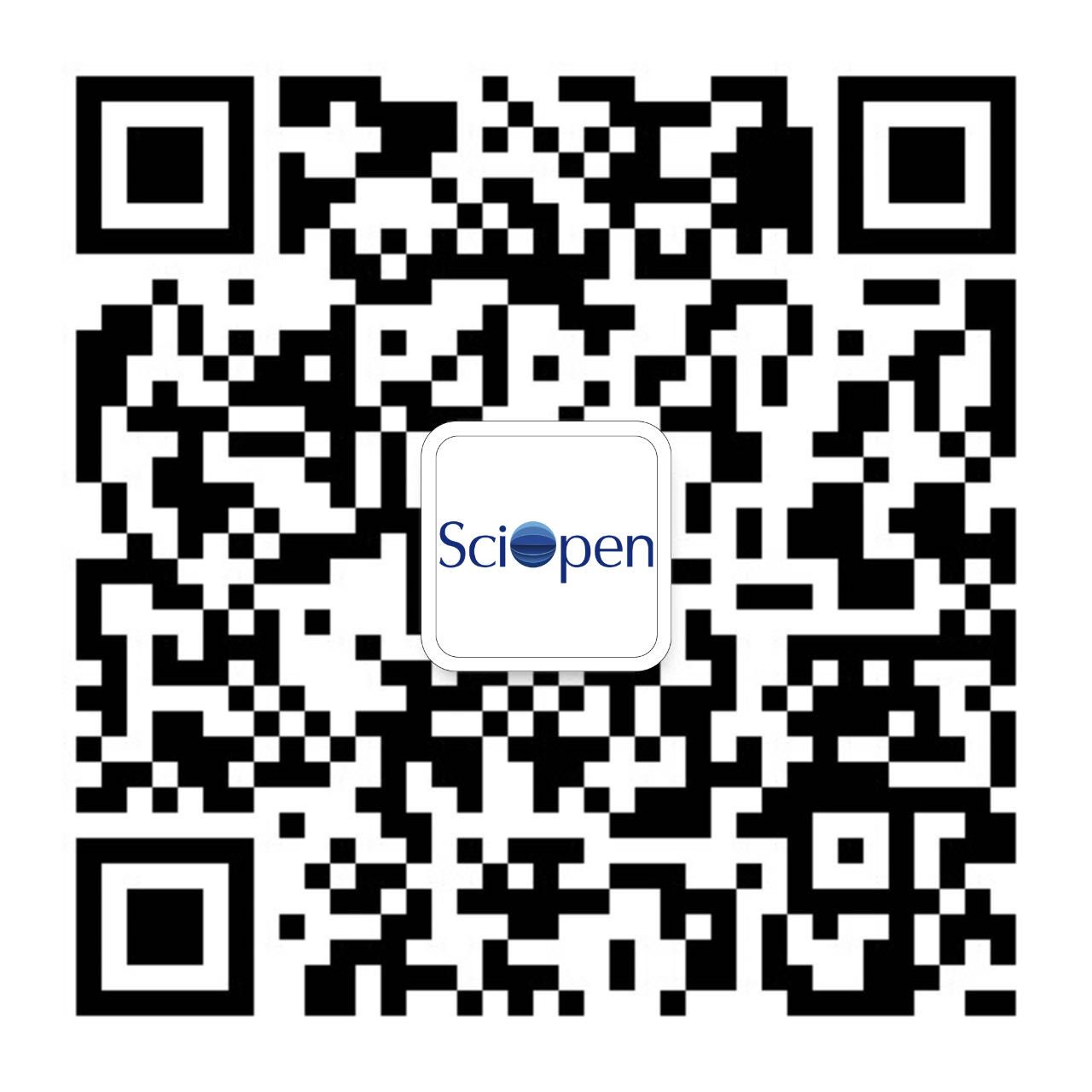Implementing high-performance silicon (Si) anode in actual processing and application is highly desirable for next-generation, high-energy Li-ion batteries. However, high content of inactive matrix (including conductive agent and binder) is often indispensable in order to ensure local conductivity and suppress pulverization tendency of Si particles, which thus cause great capacity loss based on the mass of whole electrode. Here, we designed an accordion-structured, high-performance electrode with high Si content up to 95%. Si nanoparticles were well anchored into the interlayer spacings of accordion-like graphene arrays, and free-standing electrode was prepared via a simple filtration process without any binder. Conductive accordion framework ensures strong confinement effect of Si nanoparticles and also provides direct, non-tortuous channels for fast electrochemical reaction kinetics. As a consequence, the accordion Si electrodes exhibit ultrahigh, electrode-based capacities up to 3149 mAh g−1 (under Si content of 91%), as well as long-term stability. Also, the accordion electrode can bear extreme condition of over-lithiation and maintains stable in full-cell test. This design provides a significant stride in high Si content toward realistic, high-performance electrodes.
Conducting polymers generally show high specific capacitance but suffer from poor rate capability and rapid capacitance decay, which greatly limits their practical applications in supercapacitor electrodes. To this end, many studies have focused on improving the overall capacitive performance by synthesizing nanostructured conducting polymers or by depositing a range of coatings to increase the active surface area exposed to the electrolyte and enhance the charge transport efficiency and structural stability. Despite this, simultaneously achieving high specific capacitance, good rate performance, and long cycle life remains a considerable challenge. Among the various two-dimensional (2D) layered materials, octahedral (1T) phase molybdenum disulfide (MoS2) nanosheets have high electrical conductivity, large specific surface areas, and unique surface chemical characteristics, making them an interesting substrate for the controlled growth of nanostructured conducting polymers. This paper reports the rational synthesis of carbon shell-coated polyaniline (PANI) grown on 1T MoS2 monolayers (MoS2/PANI@C). The composite electrode comprised of MoS2/PANI@C with a ~3 nm carbon shell exhibited a remarkable specific capacitance of up to 678 F·g–1 (1 mV·s–1), superior capacity retention of 80% after 10, 000 cycles and good rate performance (81% at 10 mV·s–1) due to the multiple synergic effects between the PANI nanostructure and 1T MoS2 substrates as well as protection by the uniform thin carbon shell. These properties are comparable to the best overall capacitive performance achieved for conducting polymers-based supercapacitor electrodes reported thus far.







 京公网安备11010802044758号
京公网安备11010802044758号